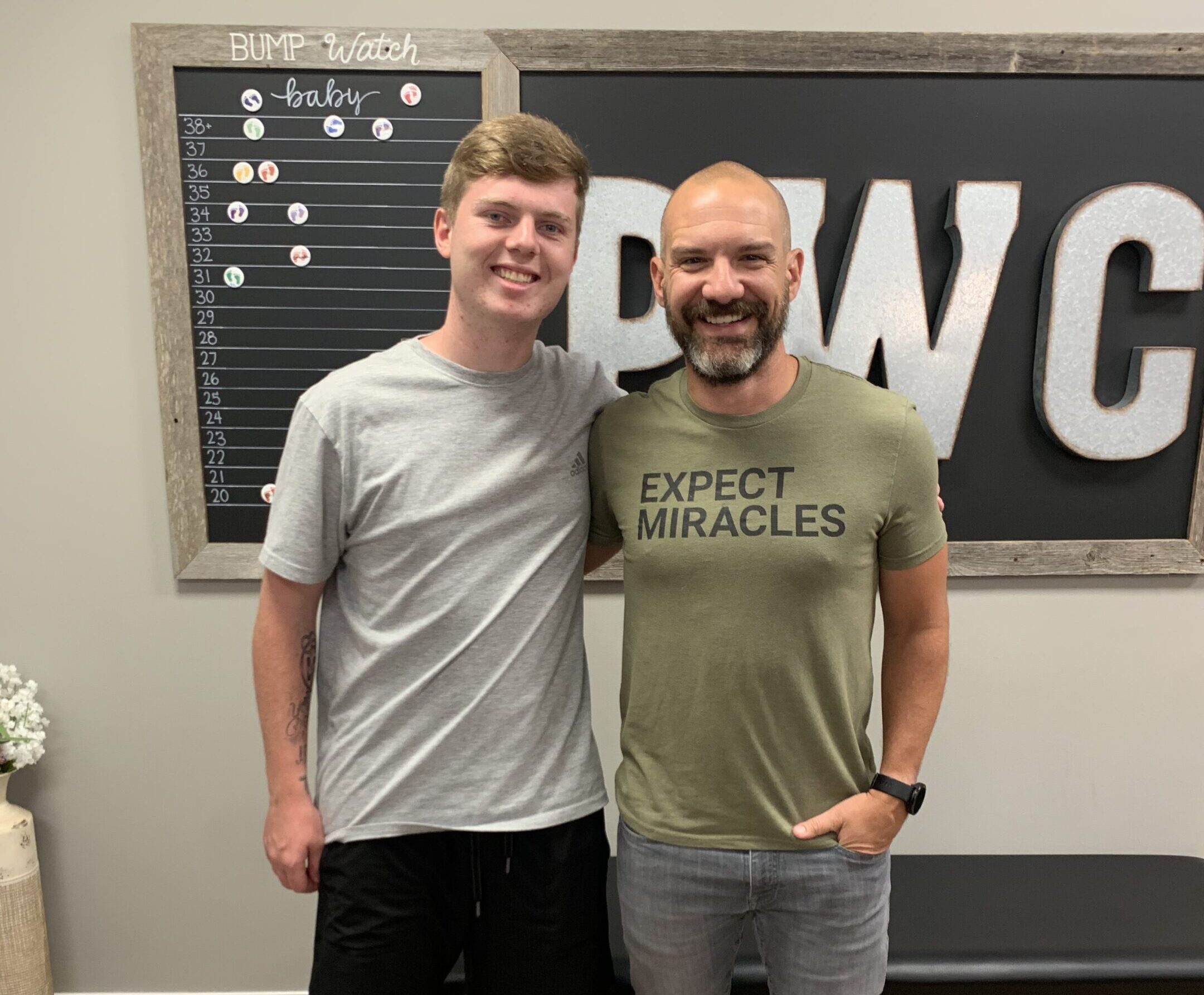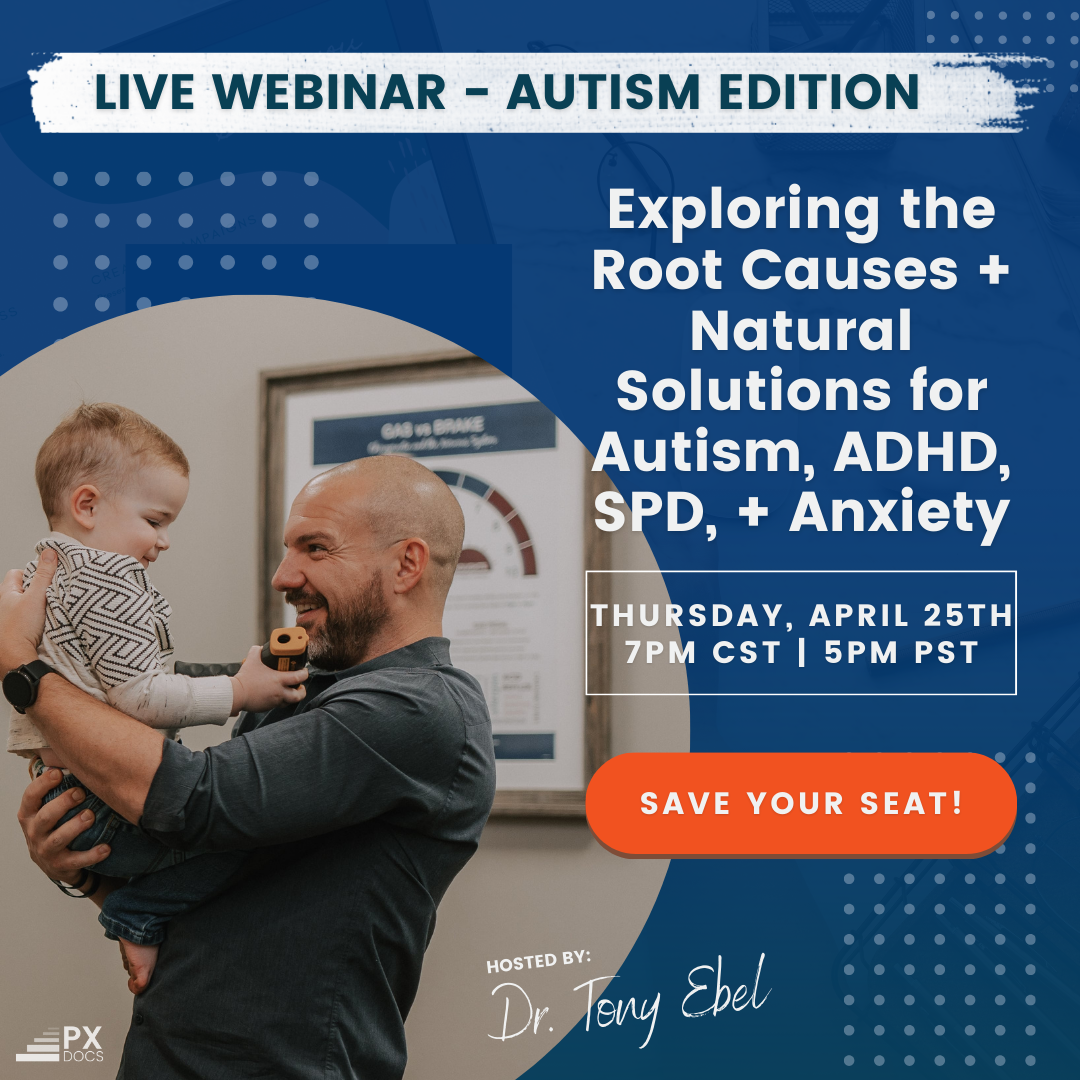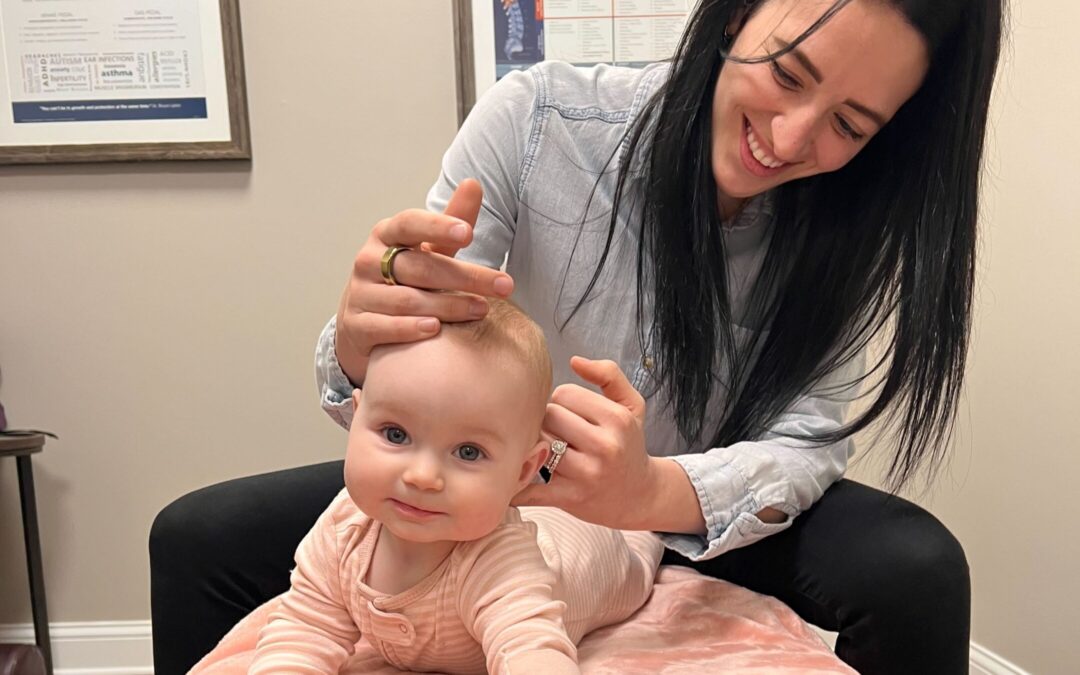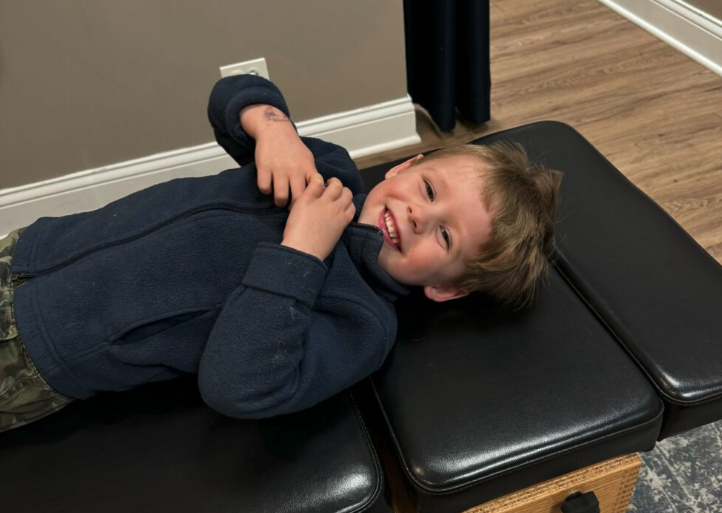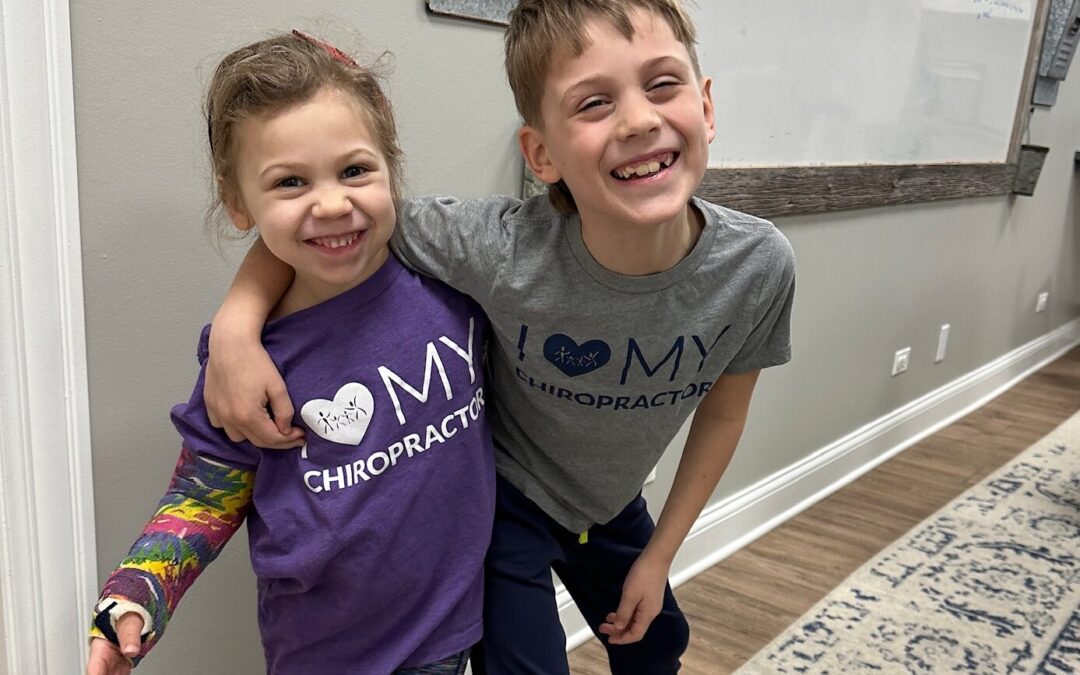Very few things are worse for a parent than watching your child have a seizure. I know this firsthand as a father, having watched my infant son Oliver have multiple seizures after a traumatic birth.
And I also now know this from doing all I can caring for hundreds of seizure patients in our clinical practice as well, listening in to the struggles and stories so many parents have shared about their child’s battles with seizures and epilepsy.
So let me just come right out and say it — seizures suck.
On top of that, so do most of the standard medical treatment options for seizures — heavy doses of hard-hitting seizure medications that come with a litany of serious side effects or, for the toughest of cases, brain surgery.
For the most part, still today, that’s about all traditional medicine has to offer those with seizures. Now thankfully, like all things in that world, these seizure treatments can and often are life-saving. But these seizure treatments can also be life-altering.
When you look at the long list of nasty side effects from these anti-seizure drugs, you wouldn’t wish that upon your worst enemy. So you certainly don’t want that for your child. But most parents feel like they have no other choice because seizures are so very awful and scary and are, of course, a very serious neurological condition.
We certainly felt that way when our son Oliver experienced a traumatic birth that led to a brain injury and seizures. His medical neurologists at the time told him he absolutely needed to be on 2-3 seizure medications for the rest of his life.
We knew obviously how serious his brain and neurological injury were, but we also knew how much those seizure medications were certain to delay his brain development and function.
So for Oliver, we set out on a path to do everything we could to help his brain and nervous system heal without seizure medications, and it worked! He left the hospital six weeks later, off all seizure medications, seizure-free, and with a clear MRI and EEG.
Signs and Symptoms of Seizures
A seizure is a sudden, uncontrolled neurological disturbance in the brain. The brain and nervous system function as our body’s electrical or wiring system, and thus a seizure often is described as a “blown fuse” or “short” in a wire.
Because the brain and nervous system control every tissue, cell, and organ in our body, seizures are known to cause changes in behavior, consciousness, movement, and more.
Seizures are a common symptom of various neurological disorders and can manifest in different forms. The diverse nature of seizure symptoms includes:
- Temporary Confusion: A short period of disorientation or confusion.
- Staring Spells: Moments where the individual seems to ‘zone out’ or stare into space without awareness.
- Uncontrollable Jerking Movements: Involuntary movements of the limbs or body.
- Loss of Consciousness or Awareness: Blackouts or fainting spells, leading to a lack of awareness of one’s surroundings.
- Psychic Symptoms: Experiencing fear, anxiety, or déjà vu.
Seizures are also a sign of potential epilepsy. Having two or more seizures at least 24 hours apart that aren’t brought on by an identifiable cause is generally considered epilepsy.
This is where so many parents have their struggles with seizures compounded. It can be pretty clear their child is having seizures. Still, the medical system may be unable to pinpoint an identifiable cause of the seizures or even find the presence of seizure activity on the most common medical exam for seizures, an EEG.
Types of Seizures
Just like seizures come from the complex and intricate nervous system, sorting out the various types of seizures can also be confusing. This list will help:
- Focal Seizures — most commonly called partial seizures since they begin in one area of the brain and nervous system.
- Generalized Seizures — surges of abnormal neurological discharges and activity throughout the cortex of the brain (usually multiple areas)
- Myoclonic Seizures — sudden body, limb, and neuromuscular contractors and jerking movements that can involve the arms, head, neck, and so forth. The spasms occur on both sides of the body in clusters, especially in the morning and when going into or coming out of sleep.
- Tonic-Clonic Seizures — also called “Grand Mal” seizures, can come from brain injuries and evolve from any focal or generalized seizure types over time.
Potential Causes of Seizures
The traditional medical approach to seizures often focuses solely on the brain, overlooking the fact that the brain is just one part of the central nervous system. This system also includes the brainstem, spinal cord, and sensory nerves, all of which are intricately connected and play a crucial role in seizure manifestation. The brainstem, in particular, is complex and controls multiple functions, making it a significant area of interest in understanding seizures.
Potential causes of seizures that are often overlooked include:
- Traumatic Brain Injuries: Documented injuries to the brain.
- Stress During Prenatal Period: Significant stress experienced during the prenatal development phase.
- Birth Interventions: Trauma or injury to the brainstem, vagus nerve, and autonomic nervous system due to birth interventions like forceps, vacuum extraction, or C-section.
- Subluxation and Dysautonomia: Conditions related to misalignments in the spine (subluxation) and dysfunctions in the autonomic nervous system (dysautonomia).
Traditional neurologists may not be trained to delve deeply into a child’s case history or assess the neurospinal and central nervous system functionally. As a result, these potential links to seizures are often overlooked in medical evaluations.
How to Care For Seizures Naturally
Before we go deep into the potential care options for seizures, we must first sadly share that not much high-level clinical research has been done yet on caring for seizures without the use of seizure medications and surgery. The traditional medical system is an enormously huge ship, and it takes decades to change procedures and standard practices in that world.
So if you take this conversation about seizures to your traditional medical neurologist and want to talk about things like birth trauma, subluxation, and the vagus nerve as they relate to seizures… don’t expect to get too far just yet.
But that’s ok! Because there is a whole other set of professionals that are trained and even more advanced in their understanding of functional neurology, and they’re just waiting for their shot to help your child vastly improve their quality of life without all the side effects of seizure medication and surgery! You can start with this study in the National Library of Medicine that shows an undeniable link between improving seizure-like activity after chiropractic care in children.
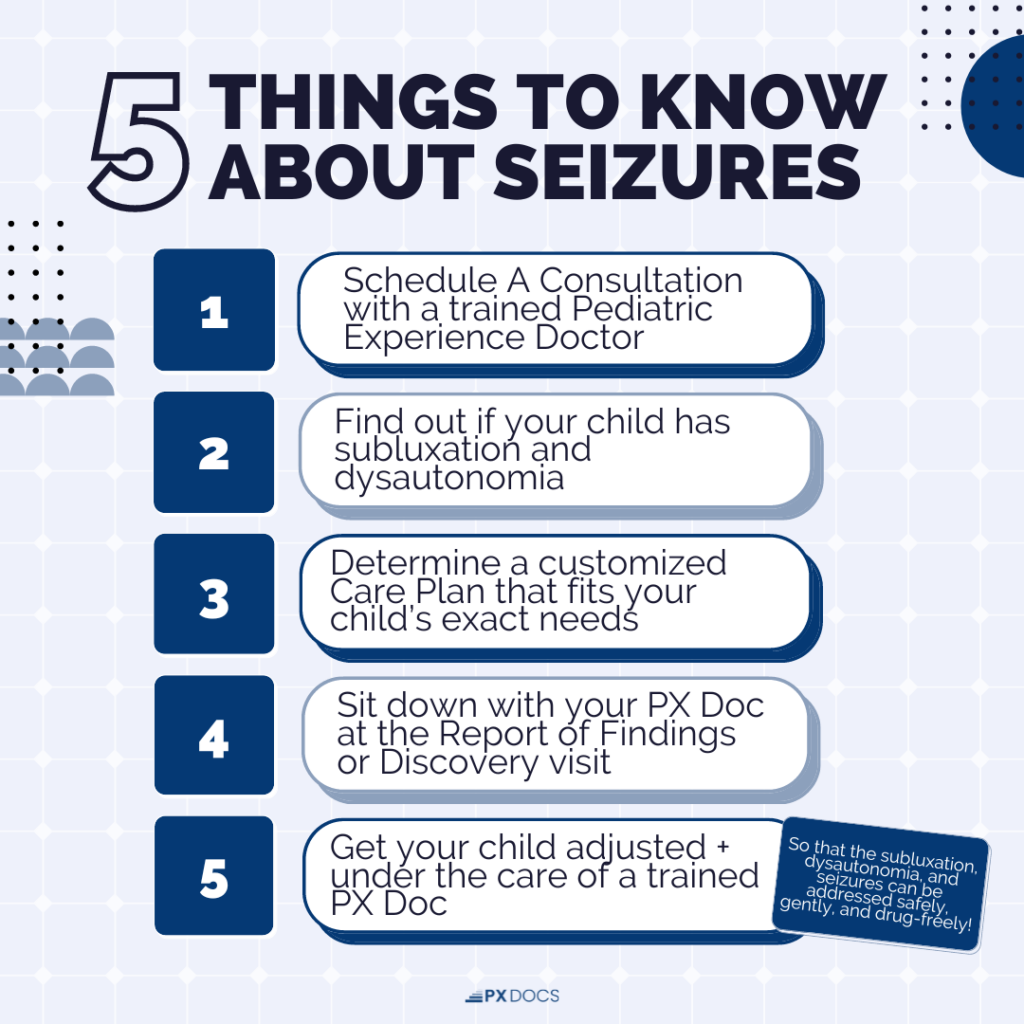
Here’s how it works:
Step one is scheduling a consultation with a trained Pediatric Experience Doctor. Our network of neurologically-focused pediatric chiropractors knows how to dive deep into a child’s case history, unlike any other professional out there, listening and looking for the exact triggers and root cause factors of your child’s seizures.
Step two is finding out if your child has subluxation and dysautonomia or not. To do so, our network of PX Docs utilizes an incredible set of technology called the INSiGHT. These INSiGHT scans are entirely safe and non-invasive and take just 15-20 minutes to run. They consist of three (3) individual scans that will find, measure, and quantify how much stress, tension, and subluxation is stuck in your child’s autonomic nervous system.
Below is the NeuroSpinal EMG Scan for a recent 19-year-old seizure patient, Cole, who went through our 2-Week Neuro Intensive Program (find out more about this incredible care option here) and experienced some incredible results not only with his seizures but also anxiety and depression as well!
This sEMG scan is very similar in nature to what most seizure patients and parents are familiar with, a traditional brain EEG. However, instead of measuring just cortical brain function, this technology measures and assesses stress, tension, and subluxation within the brainstem and neurospinal system.
Cole’s scan presents the most common pattern seen in seizure patients – severe (red) tension in the brainstem and upper cervical region, with a counter-torque (back and forth) tension pattern and asymmetry. Interestingly in Cole’s case, his seizures would actually begin with spasms and tension building in his neck and shoulders first and then spread to the rest of his body.
Step three is figuring out a customized Care Plan that fits your child’s exact needs. This plan’s exact ‘algorithm’ is determined by the in-depth case history and scan findings just discussed in steps one and two of the PX Clinical Process.
Step four is sitting down with your PX Doc at the Report of Findings or Discovery visit, going over the INSiGHT and exam findings, your child’s customized care plan, and having every single one of your questions and concerns about your child, their health, and seizures answered.
And finally, step five is getting your child adjusted and under the care of a trained PX Doc so that the subluxation, dysautonomia, and seizures can be addressed safely, gently, and drug-freely!
If you need more information on any of the conditions or terms listed in this article or on the INSiGHT Scans and PX Docs 5-Step Clinical Process, click on the various links listed throughout this article to learn more. Or, connect with a PX Docs Care Advocate by sending us a message here!
And if you know you’re ready to get your child the drug-free help with their seizures that only Pediatric Chiropractic and PX Docs can provide, then head right over to our online directory and find your local PX Doc right away!

